什么是props属性?
在Vue中,props属性用于在父组件和子组件之间传递数据。父组件可以通过props属性向子组件传递数据,子组件则可以接收并使用这些数据。props属性可以被认为是一种从父组件向子组件传递数据的方式,类似于函数的参数传递。
如何使用props属性?
在Vue2中,使用props属性需要以下几个步骤:
1. 在子组件中声明props属性
在子组件中,可以使用props选项声明需要接收的属性。props选项是一个数组或对象,用于指定子组件可以接收的属性名称和类型。
Vue.component('child-component', {
props: ['message'],
template: '<div>{{ message }}</div>'
});在上面的例子中,子组件声明了一个props属性message,用于接收父组件传递的数据。
2. 在父组件中传递数据给子组件
在父组件中,可以通过在子组件标签上使用属性来传递数据给子组件。属性的名称应与子组件中声明的props属性名称相对应。
<child-component message="Hello, Vue!"></child-component>在上面的例子中,父组件通过:message属性向子组件传递了一个字符串数据。
3. 子组件中使用props属性
在子组件中,可以通过this关键字访问props属性,并在模板中使用它们。
Vue.component('child-component', {
props: ['message'],
template: '<div>{{ message }}</div>'
});在上面的例子中,子组件通过this.message访问props属性,并在模板中使用它来显示数据。
示例:使用props属性传递数据
下面是一个简单的示例,演示了如何在Vue2中使用props属性传递数据:
<!-- 父组件 -->
<template>
<div>
<h1>父组件</h1>
<child-component message="message"></child-component>
</div>
</template>
<script>
import ChildComponent from './ChildComponent.vue';
export default {
components: {
ChildComponent
},
data() {
return {
message: 'Hello, Vue!'
};
}
};
</script>
<!-- 子组件 -->
<template>
<div>
<h2>子组件</h2>
<div>{{ message }}</div>
</div>
</template>
<script>
export default {
props: ['message']
};
</script>在上面的示例中,父组件通过message属性向子组件传递了一个字符串数据,并在子组件中使用props属性来显示该数据。
注意:直接通过message传入的内容为字符串的形式,子组件接收到的也是字符串的形式,如果想要接收到的格式为数字类型则需要以:message="123"的形式在父组件处传入,才能进行数学运算。
props的其他书写形式
形如:props:['message']的数组接收形式为简写形式
其较为完整的书写形式如下:
props:{
name:String,
website:String,
websiteName:String
}可以进行类型限制等操作。
而最完整的形式如下:
props:{
name:{
type:String,//name传入的类型为字符串
require:true,//name是必须的
default:"未传入"//name的默认值是未传入,一般必须和默认值同时只会出现一个
},
website:String,
websiteName:String
}
© 版权声明
- 本博客所拥有的文章除特别声明外,均默认采用 CC BY 4.0 许可协议。
- 文章部分内容可能来源于公共网络,如有侵权,请联系博主在核实后进行修改或删除。
THE END



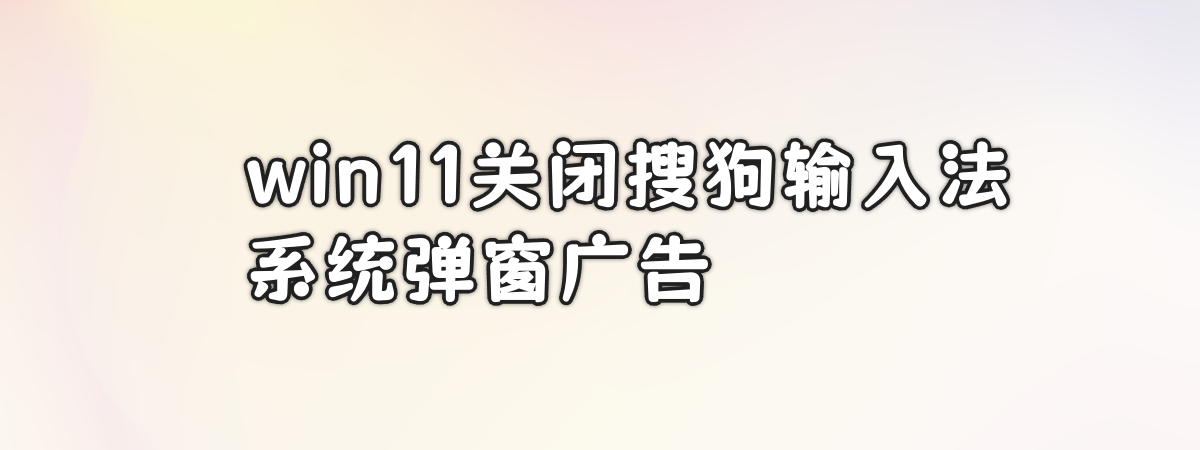


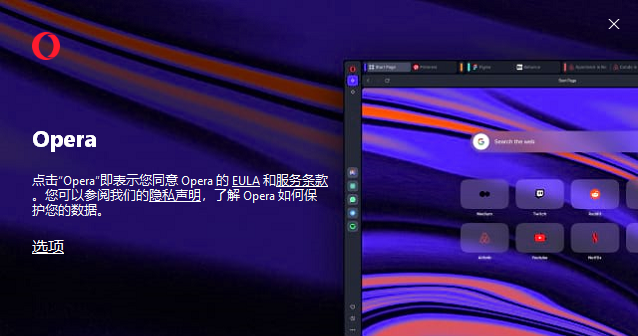

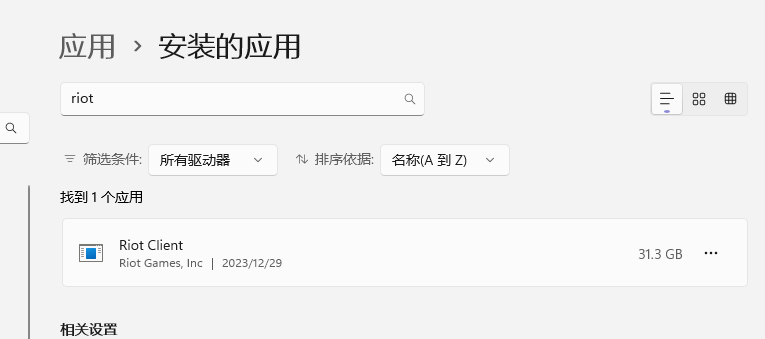
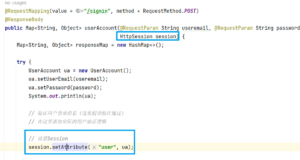
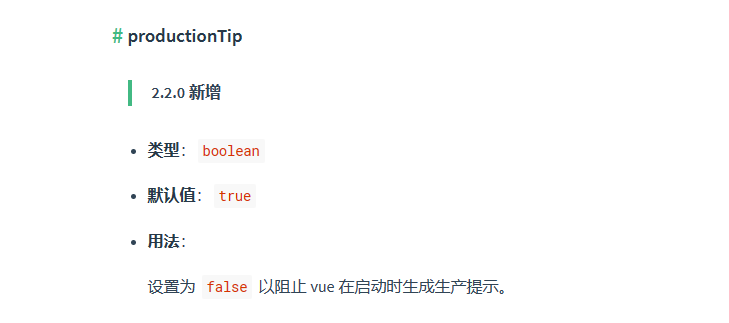
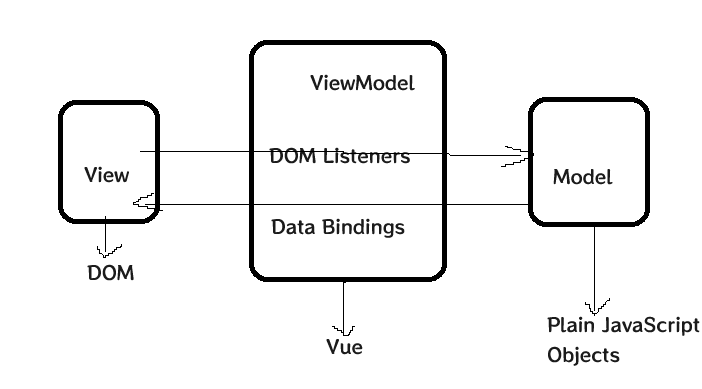




暂无评论内容